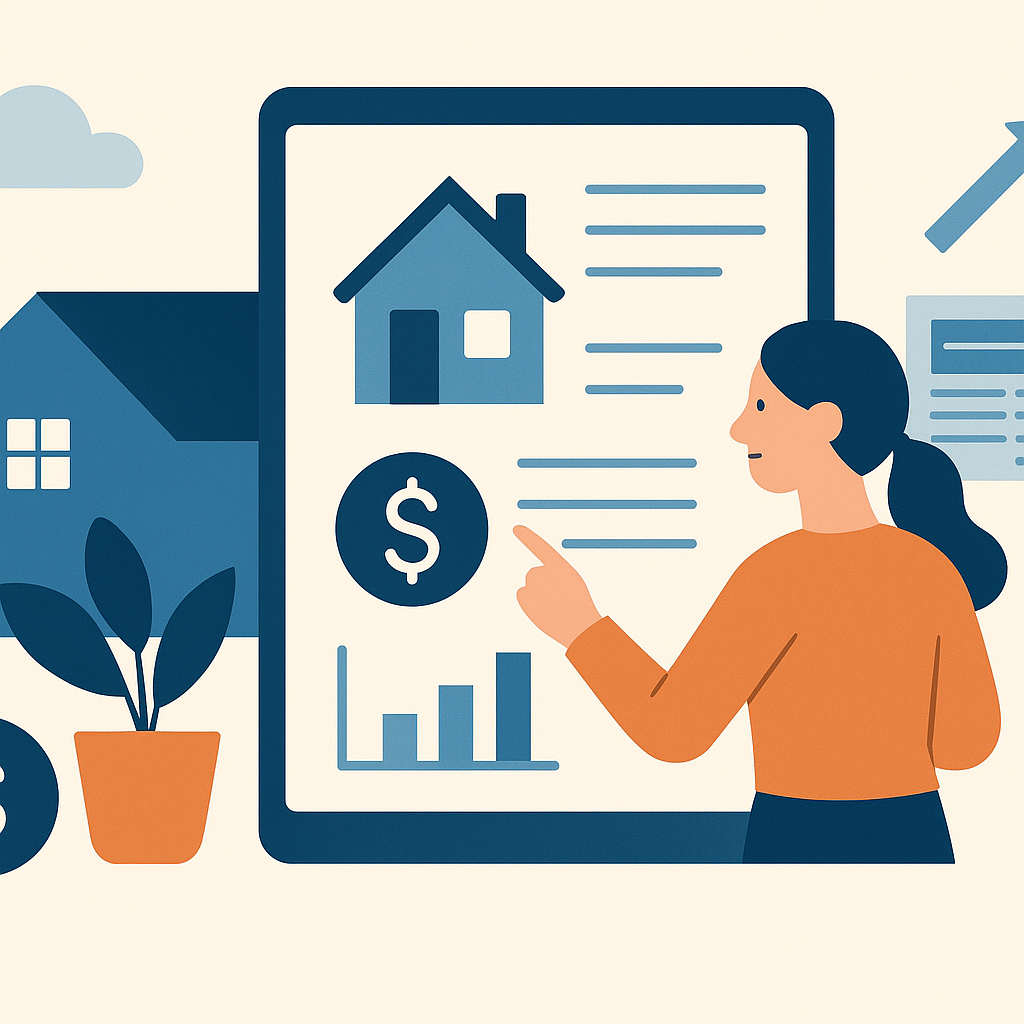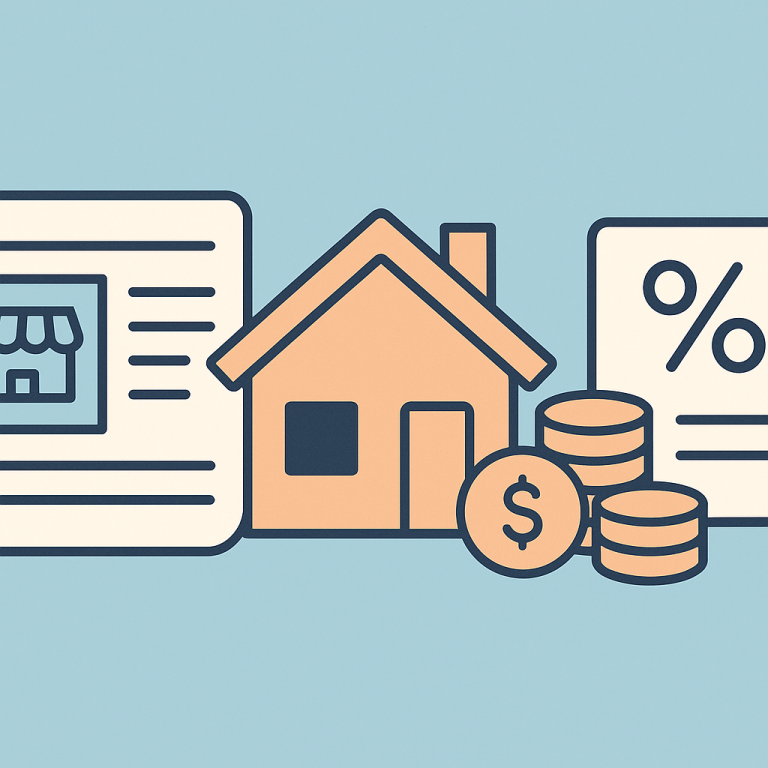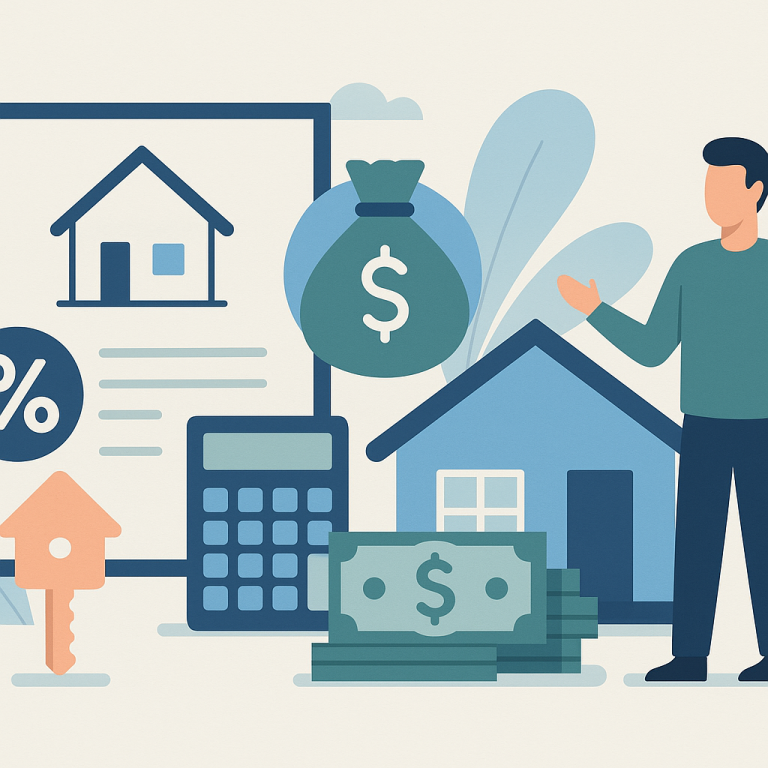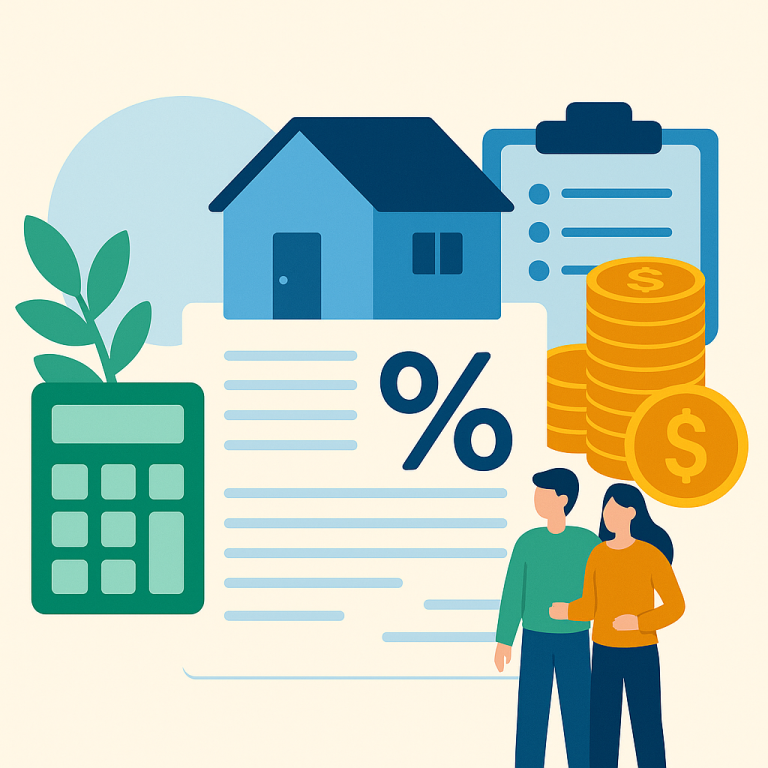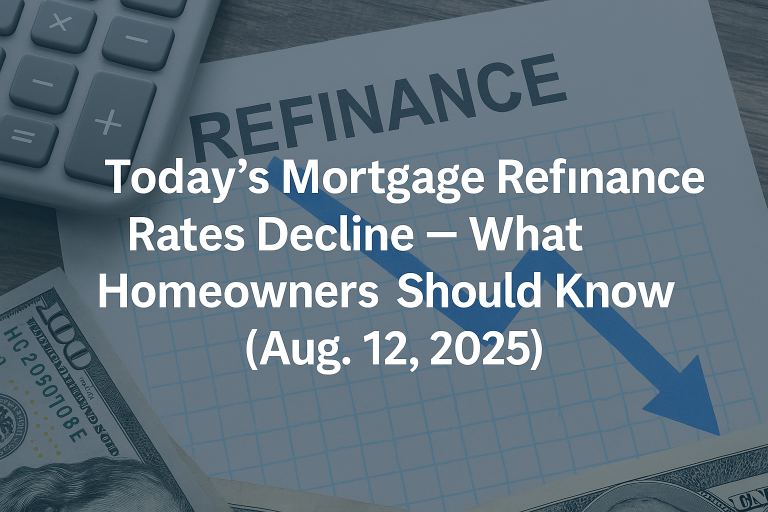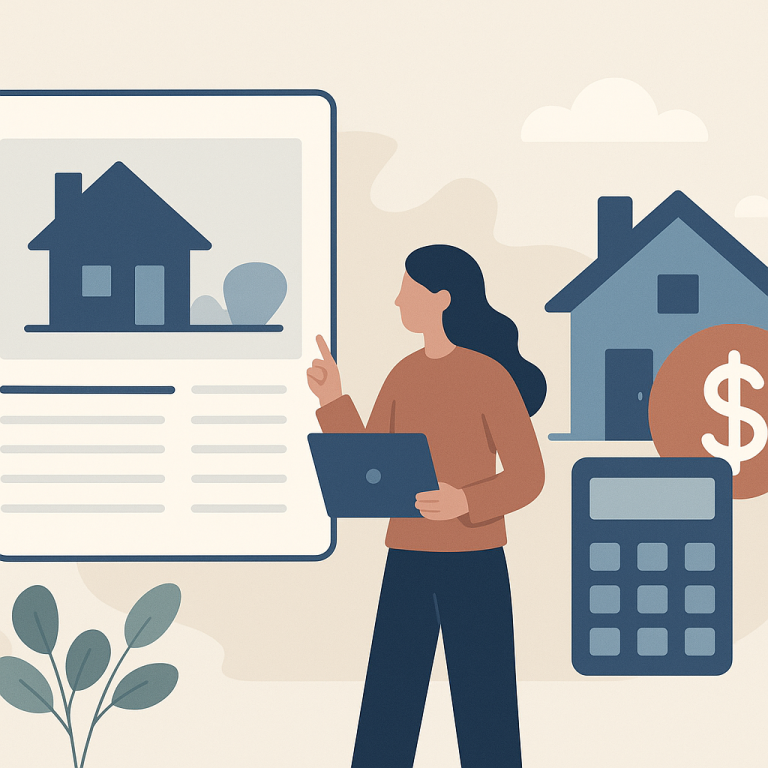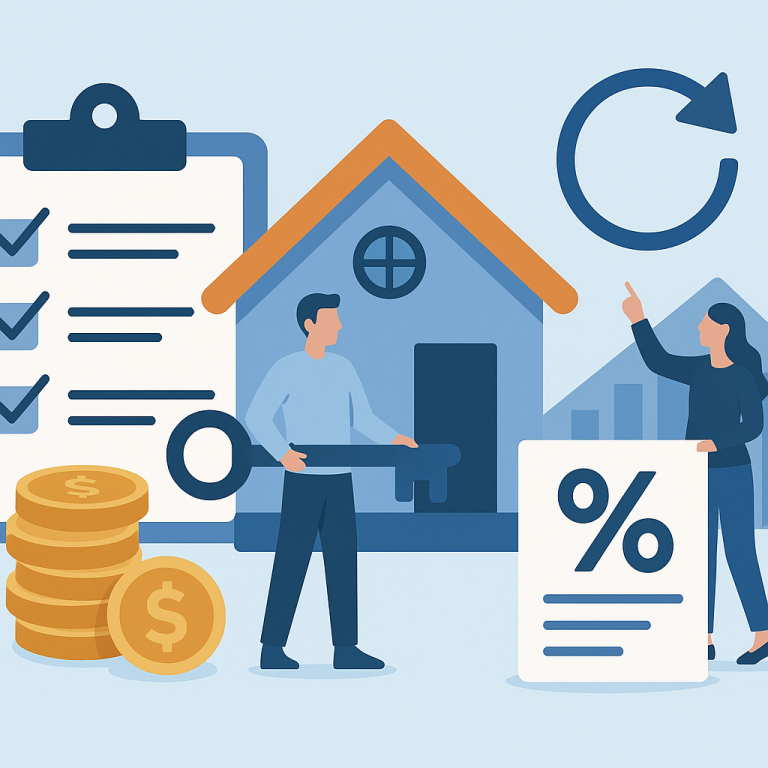Refinance Applications Surge 22% As 30-Year Rates Dip Below 5.5%
At a glance: The latest mortgage rate move and how it could affect refinancing decisions.
Mortgage rates have shifted. The effect depends on a borrower’s current loan rate, term remaining, and goals.
What the Rate Move Means for Borrowers
As mortgage rates settle after a period of volatility, an observable shift is emerging among borrowers: more homeowners are exploring refinances that shorten the remaining life of their mortgage rather than extending it. Lenders report a rise in inquiries for term-reducing refinances, and industry observers attribute the trend to a combination of rate stability, the desire to reduce total interest paid, and a focus on long-term financial resilience.
Shorter-term refinances convert an existing loan into a new mortgage with a remaining term that is noticeably shorter than the prior loan. Borrowers typically accept a change in monthly payment dynamics in exchange for paying down principal faster and cutting total interest costs over the life of the loan. For many homeowners, the appeal is less about chasing the lowest advertised rate and more about reshaping debt to match long-term priorities such as retirement planning or accelerated equity building.
Mortgage professionals note several factors driving demand. First, recent rate stabilization gives borrowers greater confidence in locking a new loan without fearing immediate adverse motion. Second, homeowners with improved credit profiles or greater equity since their original purchase find they can qualify for more favorable terms that make a term-reduction refinance financially attractive. Third, some borrowers are reacting to broader economic uncertainty by prioritizing reduced interest exposure and faster principal repayment over near-term cash flow savings.
That said, a shorter-term refinance is not universally preferable. Closing costs and fees can offset projected interest savings if a homeowner plans to move or sell within a short horizon. Monthly payments typically increase when the term is reduced, so household cash flow considerations are critical. Lenders also emphasize the importance of comparing loan features beyond headline rates, including whether the new loan carries prepayment penalties, how mortgage insurance is handled, and whether the refinance requires an appraisal or triggers additional underwriting requirements.
Advisors recommend homeowners follow a methodical evaluation process:
- Estimate the break-even point by comparing total upfront costs to expected monthly savings and the homeowner’s anticipated time in the property.
- Compare the total interest paid under the current loan versus the proposed shorter-term loan to assess long-term benefits.
- Factor in non-rate elements such as closing costs, loan fees, mortgage insurance changes, and potential prepayment penalties.
- Review cash flow implications and ensure the revised payment fits budgetary priorities without jeopardizing emergency savings.
- Confirm qualification criteria, including credit score expectations and documentation requirements, before locking a rate.
For homeowners who prefer to preserve monthly payment levels but still want to accelerate equity accumulation, alternatives such as making additional principal payments or exploring recast options may offer a middle ground without refinancing. Conversely, borrowers needing liquidity may find a cash-out refinance more appropriate, though that alters the risk and cost profile and should be weighed carefully.
Ultimately, the recent uptick in interest for shorter-term refinances reflects a broader recalibration among homeowners weighing immediate affordability against long-term cost and security. Borrowers who take a disciplined approach—calculating break-even timelines, comparing lifetime costs, and reviewing non-rate terms—are best positioned to determine whether a term-reducing refinance aligns with their financial goals.
Homeowner takeaways:
- Assess whether you plan to stay in the home long enough for a refinance to pay off the upfront costs.
- Compare total interest costs, not just monthly payments or advertised rates.
- Include closing costs, mortgage insurance, and possible penalties in your calculations.
- Consider alternatives like extra principal payments or recasting if you want faster equity build without refinancing.
- Shop multiple lenders and review the full loan estimate before committing.
META: refinancing; mortgage; homeowners; shorter-term refinance; break-even analysis

